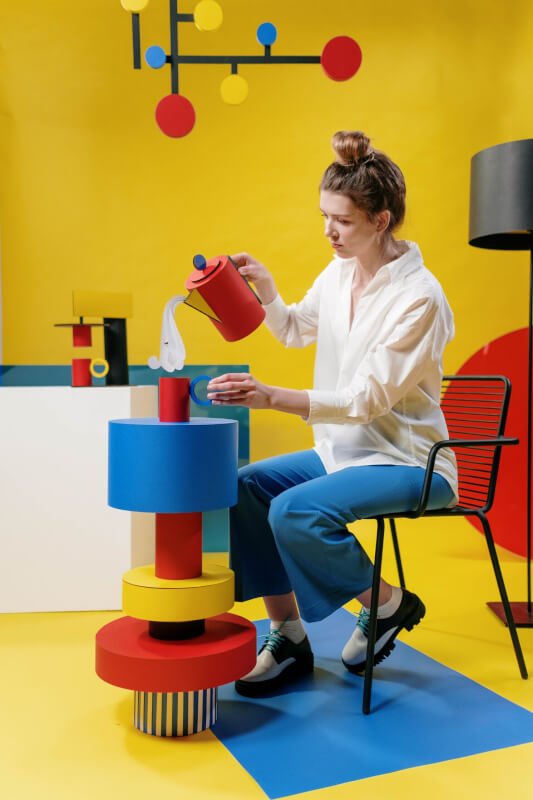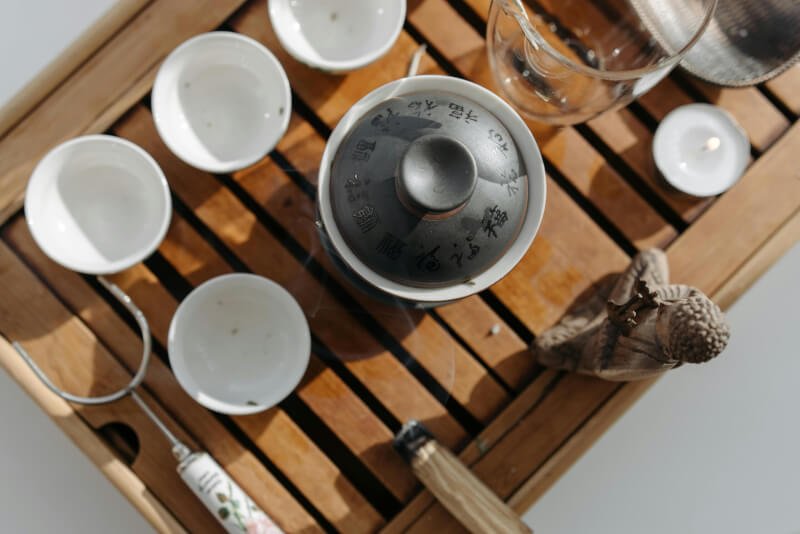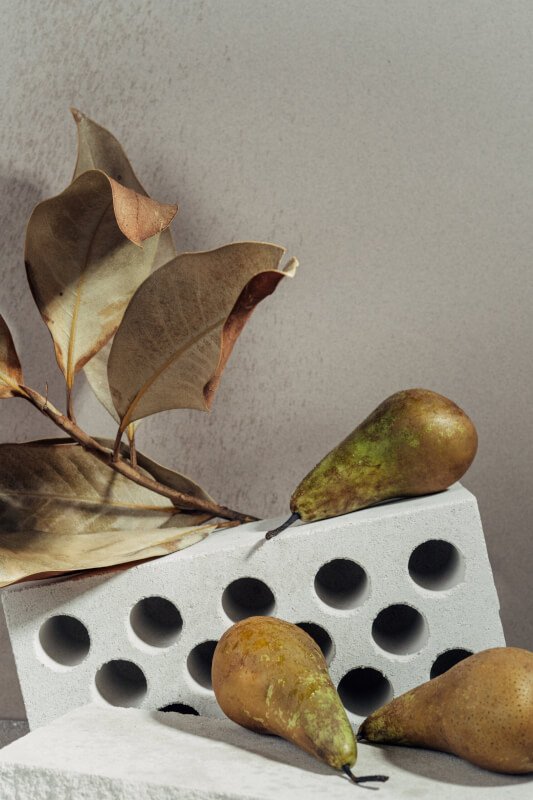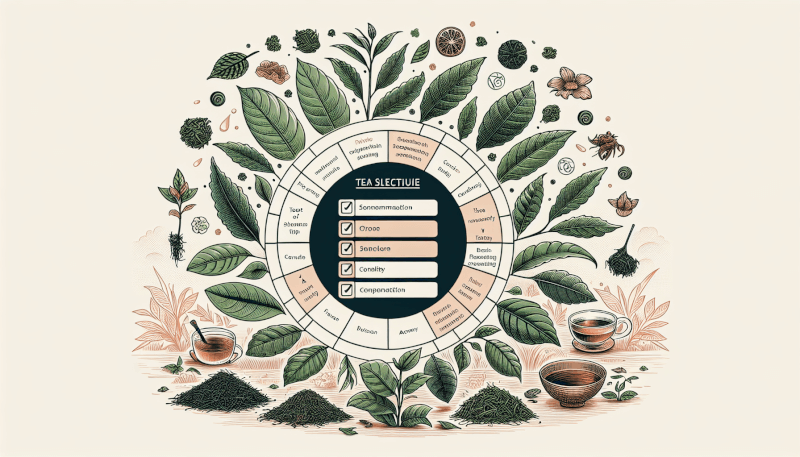When it comes to brewing the perfect cup of tea, the quality of the tea leaves plays a crucial role in determining the flavor, aroma, and overall experience. With countless varieties and options available, selecting the best tea leaves can be a daunting task. However, fear not! This article will guide you through the process of choosing the finest tea leaves for brewing, ensuring that each sip you take transports you to a world of pure delight. So, grab your teapot, settle in, and prepare to embark on a tea-tasting journey like no other!

Types of Tea
When it comes to tea, there are a wide variety of options available to suit every preference and taste. Let’s take a closer look at some of the most popular types of tea:
Black Tea
Black tea is one of the most common and widely consumed types of tea. It is known for its bold and robust flavor, which is often described as malty or even smoky. Black tea is fully oxidized and has a dark color, making it the perfect choice for those who enjoy a strong cup of tea.
Green Tea
Green tea is another popular choice, known for its fresh and grassy flavor. It is made from unoxidized tea leaves, preserving the natural green color and delicate flavor. Green tea is often chosen for its health benefits, as it is rich in antioxidants and thought to promote overall wellness.
White Tea
White tea is the most delicate and subtle type of tea. It is made from young tea leaves and buds, which are minimally processed and lightly oxidized. White tea has a subtle floral and sweet flavor, making it a refreshing choice for those who prefer a lighter cup of tea.
Oolong Tea
Oolong tea falls somewhere between black tea and green tea in terms of oxidation. It is partially oxidized, resulting in a wide range of flavors and aromas. Oolong tea can have a floral, fruity, or even earthy flavor profile, making it a versatile option for tea enthusiasts.
Herbal Tea
Herbal teas are not technically made from tea leaves, but rather from a variety of plants and herbs. This means that herbal teas are naturally caffeine-free and offer a wide range of flavors and health benefits. From soothing chamomile to invigorating peppermint, there is an herbal tea for every mood and occasion.
Pu-erh Tea
Pu-erh tea is a unique type of tea that undergoes a post-fermentation process, resulting in a deep and rich flavor. It is often aged for several years, which adds complexity to its taste. Pu-erh tea is known for its earthy and sometimes even medicinal flavor, making it an acquired taste for some.
Yellow Tea
Yellow tea is a rare and prized variety that is often overlooked. It is similar to green tea, but with a slightly different processing method that gives it a distinct flavor and aroma. Yellow tea is known for its mellow and smooth taste, making it a great choice for those who enjoy a subtle and refined cup of tea.

Factors to Consider
When choosing tea leaves for brewing, there are several factors to consider. These factors can greatly influence the flavor and overall experience of your tea. Let’s take a closer look at each one:
Flavor Profile
The flavor profile of a tea refers to the specific taste and aroma characteristics that can be detected when brewing and drinking it. Each type of tea has a unique flavor profile, ranging from bold and malty to floral and fruity. Consider your personal preferences and experiment with different flavors to find the ones that appeal to you the most.
Origin
The origin of tea can greatly influence its flavor and quality. Different regions have distinct growing conditions and processing methods, resulting in unique flavors and aromas. Some popular tea-producing regions include China, India, Japan, Sri Lanka, Kenya, and Taiwan. Explore teas from different origins to experience the diversity and complexity of each one.
Quality
The quality of tea leaves can vary greatly, and it is important to choose high-quality leaves for the best brewing experience. Loose leaf tea is generally considered to be of higher quality than tea bags, as it allows for the full expression of flavor and aroma. Additionally, consider the grade of the tea, which can range from fine to coarse. Opt for tea leaves that are plucked at the right time and undergo proper processing to ensure the best quality.
Caffeine Content
Caffeine content is an important consideration for many tea drinkers. While black tea and oolong tea typically contain higher levels of caffeine, green tea and white tea tend to have lower amounts. Herbal teas are naturally caffeine-free, making them a popular choice for those looking to limit their caffeine intake. Consider your caffeine sensitivity and preferences when choosing the type of tea that suits you best.
Personal Preferences
Ultimately, your personal preferences play a significant role in choosing the best tea leaves for brewing. Consider factors such as aroma, taste, body, aftertaste, and color. Some people prefer bold and strong teas, while others enjoy subtle and delicate flavors. Experiment with different teas and take note of what you enjoy most to create a truly personalized tea experience.

Brewing Equipment
Having the right brewing equipment is essential for preparing the perfect cup of tea. Here are some common items you may need:
Teapot
A teapot is a classic and essential piece of equipment when it comes to brewing tea. It allows for the infusion of flavors and helps in controlling the steeping time. Choose a teapot that suits your style and brewing needs, whether it’s a traditional ceramic teapot or a modern glass one.
Tea Infuser
A tea infuser is a handy tool that allows you to steep loose leaf tea without any sediment in your cup. It can be a small ball-shaped infuser or a larger basket-style infuser. Simply place the tea leaves inside the infuser, put it in your cup or teapot, and pour hot water over it to start the brewing process.
Tea Strainer
If you prefer to brew loose leaf tea directly in your cup, a tea strainer is a must-have accessory. It helps to filter out the tea leaves while pouring, ensuring a smooth and enjoyable drinking experience. Choose a strainer with fine mesh to catch even the smallest tea particles.
Tea Mug
A good quality tea mug is essential for enjoying your cup of tea. Look for a mug that is heat-resistant and comfortable to hold. Consider the size and shape of the mug, as it can influence the way the tea tastes and smells. Some mugs even come with built-in infusers for added convenience.
Tea Kettle
A tea kettle or a pot with a spout is needed to heat water for brewing tea. Choose a kettle that is easy to handle and has a whistle to alert you when the water is boiling. Electric kettles are also popular due to their quick heating capabilities and temperature control features.
Water Temperature
The temperature at which you brew your tea can greatly affect the flavor and quality of your brew. Different types of tea require different water temperatures. For example, black tea and herbal tea can handle boiling water, while green tea and white tea require lower temperatures to prevent bitterness. Invest in a reliable thermometer or an electric kettle with temperature control settings to ensure you brew your tea at the optimal temperature.

Brewing Techniques
Brewing the perfect cup of tea involves more than just throwing in some tea leaves and hot water. Follow these techniques to enhance the flavor and experience of your tea:
Water-to-Tea Ratio
The ratio of water to tea is crucial for achieving the desired strength and flavor of your brew. As a general guideline, use 1 teaspoon of tea leaves for every 8 ounces of water. Adjust the amount of tea leaves based on your personal preference and the type of tea you are brewing.
Water Quality
The quality of water used for brewing tea can impact the taste and aroma. Ideally, use filtered or spring water to avoid any unwanted flavors or impurities. Avoid using distilled water, as it lacks minerals that contribute to a well-rounded tea flavor.
Steeping Time
The steeping time is the duration for which the tea leaves are left in contact with hot water. It is important to follow the recommended steeping time for each type of tea to achieve the best results. Steeping for too long can lead to bitterness, while steeping for too short a time may result in a weak and underwhelming brew.
Steeping Temperature
Different types of tea require different steeping temperatures to bring out their optimal flavors. Boiling water (100°C/212°F) is suitable for black tea and herbal tea, while green tea and white tea are better brewed at lower temperatures, such as 70-80°C (158-176°F). Refer to the packaging or tea supplier’s recommendations for the specific brewing temperature of each tea.
Multiple Infusions
Many high-quality teas, especially oolong and pu-erh teas, can be steeped multiple times to enjoy different flavor profiles. After the initial infusion, simply pour out the brewed tea, add hot water, and steep again. Experiment with different steeping times and temperatures for each infusion to discover new flavors and nuances.
Cold Brewing
Cold brewing is a popular method for brewing tea, especially in hot weather. It involves steeping tea leaves in cold or room temperature water for an extended period, usually overnight. Cold brewing results in a smooth and less astringent cup of tea, with a subtle and refreshing flavor. Experiment with different tea types and steeping times to find your preferred cold brew.

Storing Tea Leaves
Proper storage of tea leaves is essential to maintain their freshness and flavor. Follow these tips to ensure your tea leaves stay in optimal condition for longer:
Air-Tight Containers
Store your tea leaves in airtight containers to protect them from moisture, air, and other contaminants. Choose containers made of glass, tin, or ceramic, as they help preserve the freshness and aroma of the tea.
Minimal Light Exposure
Exposure to light can degrade the quality of tea leaves. Keep your tea containers away from direct sunlight or bright artificial light to prevent the tea from losing its flavor and becoming stale.
Cool & Dry Environment
Tea leaves should be stored in a cool and dry environment, away from heat and humidity. Avoid storing them near the stove or in the refrigerator, as extreme temperature changes can affect their flavor and aroma.
Avoid Strong Odors
Tea leaves have the ability to absorb odors from their surroundings. To prevent your tea from picking up unwanted flavors, avoid storing them near strong-smelling items, such as spices, coffee, or cleaning products.
By considering the different types of tea, factors to consider, brewing equipment, brewing techniques, and proper storage methods, you can choose and brew the best tea leaves to suit your taste and preferences. Whether you’re a black tea enthusiast or a green tea lover, exploring the world of tea can be a delightful and rewarding journey. So go ahead, grab your favorite tea leaves, and start brewing the perfect cup of tea.


